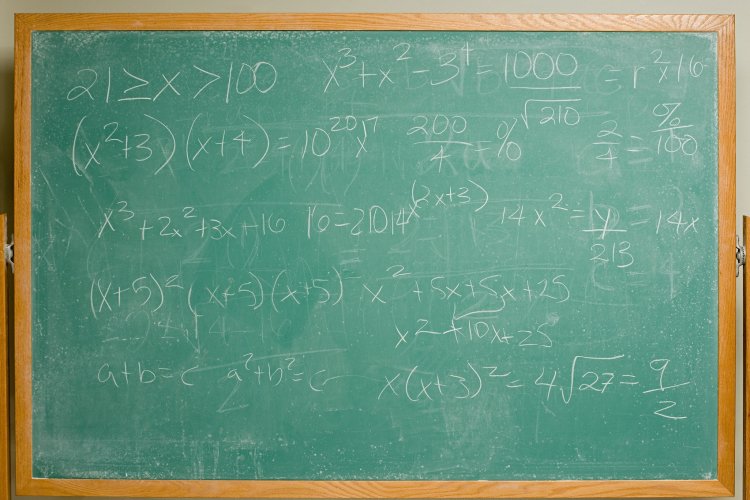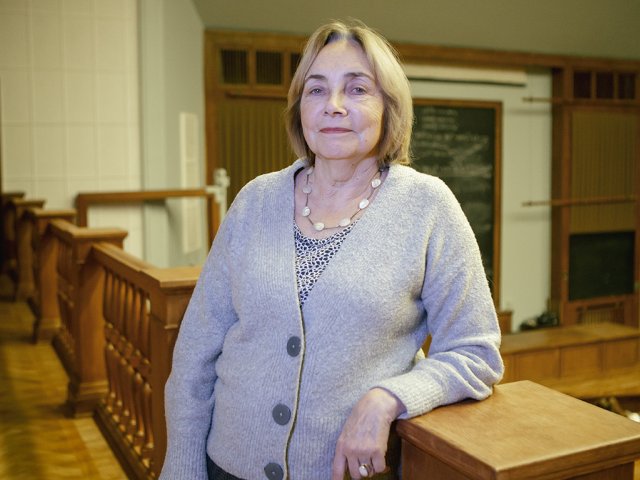Nikita Nikolayevich Moiseyev, an outstanding national mathematician, Academician of the Academy of Sciences of the Soviet Union and VASKhNIL, was born on August 23, 1917. He was a founder of the Department of Control and Applied Mathematics and the leader of a number of scientific schools. Moiseyev's works in the field of applied mathematics, control theory, and mechanics received the greatest recognition. He is widely known for his works on mathematical modeling of the environmental consequences of a nuclear war, which influenced the negotiations between the United States and Russia on nuclear disarmament.
Nikita Moiseyev is recognized as a founder of a number of new directions in applied mathematics. His works on hydrodynamics, numerical methods in the theory of optimal control, the theory of hierarchical systems, simulation modeling, design automation, and interdisciplinary studies of environmental problems are also widely known. Moiseyev's works on modeling the dynamics of rockets and satellites found their application in engineering solutions.
Moiseyev studied the relations between the nature and mankind. The scientist introduced the idea of a coevolution of man and the biosphere as the only possible way of human development. Today this concept is universally recognized.
During his life, Moiseyev published more than 300 scientific works, including more than 35 monographs and 10 textbooks, trained a great deal of talented scientists, and created more than 10 scientific divisions at the Dorodnitsyn Computing Center.
The scientist died in 2000 at the age of 82. Moiseyev's followers, many of whom have now become academicians and corresponding members of the Russian Academy of Sciences, continue the work of the outstanding mathematician. Besides, the Commission for the study of the academician N. N. Moiseyev’s scientific heritage and the N. N. Moiseyev Prize of the Russian Academy of Sciences have been established in our country. The award is given for outstanding works in the field of control systems theory and optimization methods, as well as for research methodologies of human-nature-society relations.
Based on open sources
Photo: xixinxing / 123RF






















